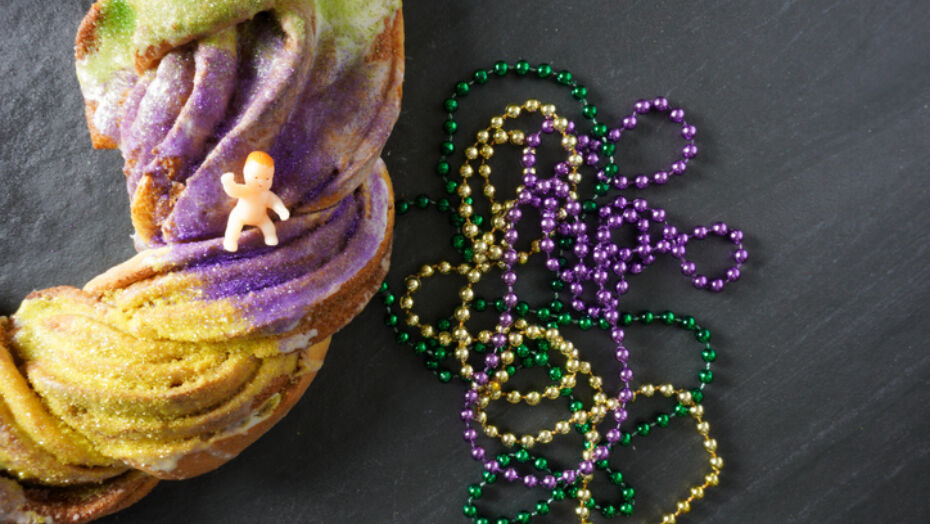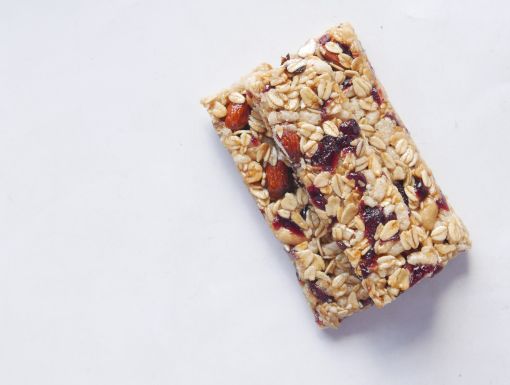
Are Mardi Gras Beads and Other Parade Throws Safe for Your Kids?
Mardi Gras may have developed an unfair reputation as an adult-only holiday, but here in Louisiana we know it’s an event that the whole family can enjoy. Kids look forward to the excitement of Carnival season all year long as they join their families and classmates on the parade route or participate in the parades themselves in school marching bands and local dance krewes.
For younger revelers — think toddlers and preschool age children — there’s no reason why they should miss out on the fun. With a little advanced preparation and a few essential parade route supplies, the whole family can tag along.
Are Mardi Gras beads and other parade throws safe for your kids?
When it comes to the question of what throws are appropriate for younger children, we’ve outline below the different types of items you can expect to come off the floats and what you may need to be aware of in terms of safety.
Are Mardi Gras beads safe for kids?
Mardi Gras beads are one of the most common and popular throws at parades. However, these strands of plastic or glass beads are not safe for very young children because they pose a choking and strangulation hazard. Long beads on small children can also get caught on things, making it easy for children to trip and fall.
If you are chaperoning small children, it’s important to be on the alert when parades are passing in case you need to block a throw that is too heavy for children to catch or that they won’t see coming. If your child is accidentally hit in the facial area or head with a bag of beads, this can cause head injuries including concussions, eye injuries and dental injuries.
Do Mardi Gras beads contain lead?
Depending on where the Mardi Gras beads were made, they can be contaminated with lead and other toxins. For this reason, do not allow your children to suck or chew on any Mardi Gras beads.
When your child picks up the beads, they can become exposed to a fine dusting of lead and hazardous chemicals such as flame retardants. Lead can harm the production of blood cells and the absorption of calcium needed for strong bones and teeth, muscle movements and the work of nerves and blood vessels according to KidsHealth. Depending on the levels of lead one is exposed to, brain and kidney damage is also a potential concern.
What are the signs and symptoms of lead poisoning?
Many children won’t even have signs of being sick. Those that do may experience any of the following:
- Muscle and joint weakness
- Pale skin color
- Metallic taste in their mouth
- Tiredness
- Constipation
- Nausea and vomiting
- Weight loss
- Loss of appetite
- Behavioral problems
What are some other dangers of Mardi Gras beads?
Additionally, beads that light up may have button batteries in them which can be very dangerous if they are swallowed.
Children might detach Mardi Gras beads and stick a single bead or small throw in their nose or ear and sometimes these must be removed by a physician. What should you do if you think your kid has swallowed a Mardi Gras bead or part of a throw? If your child exhibits any of these symptoms, they may have swallowed a Mardi Gras bead or something else and will need immediate medical attention:
- Coughing
- Gagging
- Choking or drooling
- Abdominal pain
- Inability to eat or drink
If your child swallows a single Mardi Gras bead without a button battery and is not coughing, choking or drooling AND is also able to breath, eat, and drink normally and not complaining of any pain, then you can have your child see their pediatrician and wait for it to pass in the stool.
What are the dangers of Mardi Gras toys and stuffed animals?
Some Mardi Gras throws may have small parts that can become choking hazards when separated. A good rule to remember is that anything that fits inside a toilet paper tube or has small parts that if separated would fit inside a toilet paper tube, is a choking hazard. These are the types of Mardi Gras throws that children less than three years old should not be allowed to play with it.
The plastic bags that soft stuffed animals may be wrapped in can also quickly become a suffocation hazard and should not be given to young children. Swords and foam footballs are a popular catch for older kids, and they’ll often take advantage of these new acquisitions by tossing or sword fighting. Keep an eye on any little ones who may be hit or knocked over accidentally by the older kids who are playing.
Remember, not every throw is safe for your child. Check the throws that your child receives prior to allowing them to play with it. If you aren’t comfortable with something your child catches at a parade, give it away to someone else who is older or donate it to someone who can repurpose it for future parades.
How can I protect my child from illness and germs during Mardi Gras?
You can protect your child from being exposed to potentially hazardous substances with a few simple steps:
- Do not allow your child to put beads in their mouth
- Monitor your child while eating king cake to ensure they don't put the plastic baby in their mouth
- Have you child wash their hands after handing the beads
- Bring baby wipes and hand sanitizer to the parade route and wipe your child’s hands after handing throws and before eating
Wash beads that you plan to keep, especially if they were found on the ground
Ochsner Children's 24/7 pediatric ER is here for you when accidents happen.



